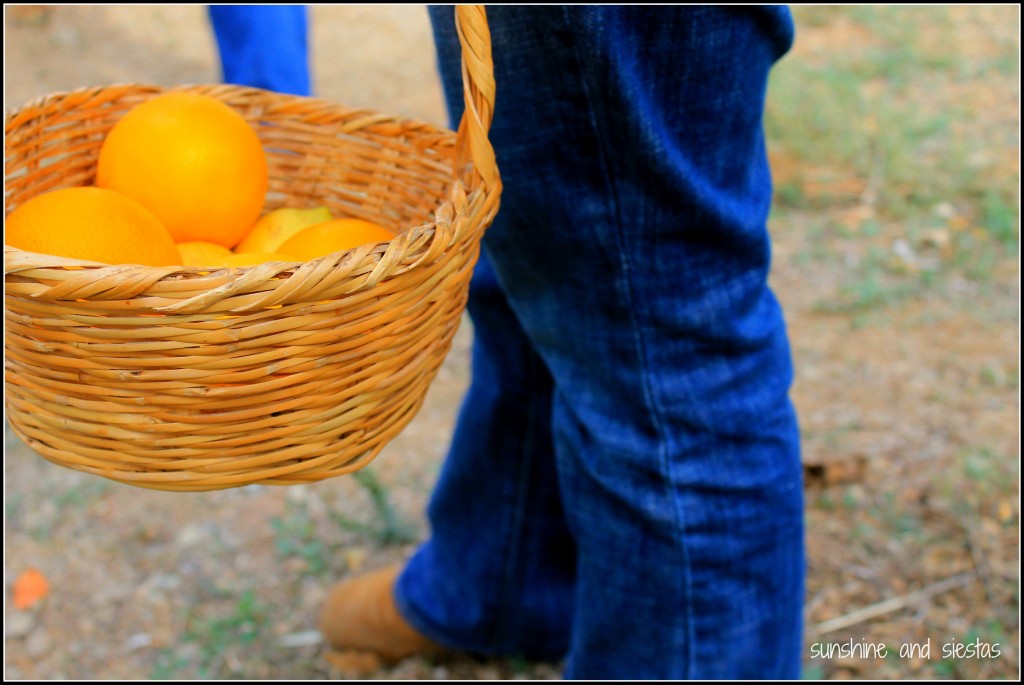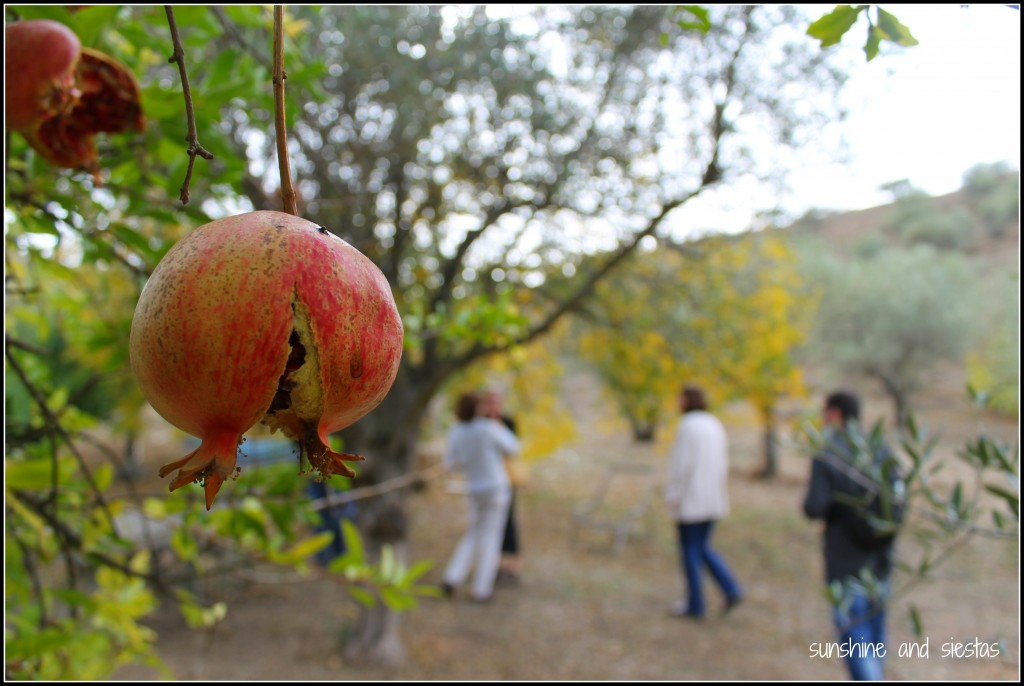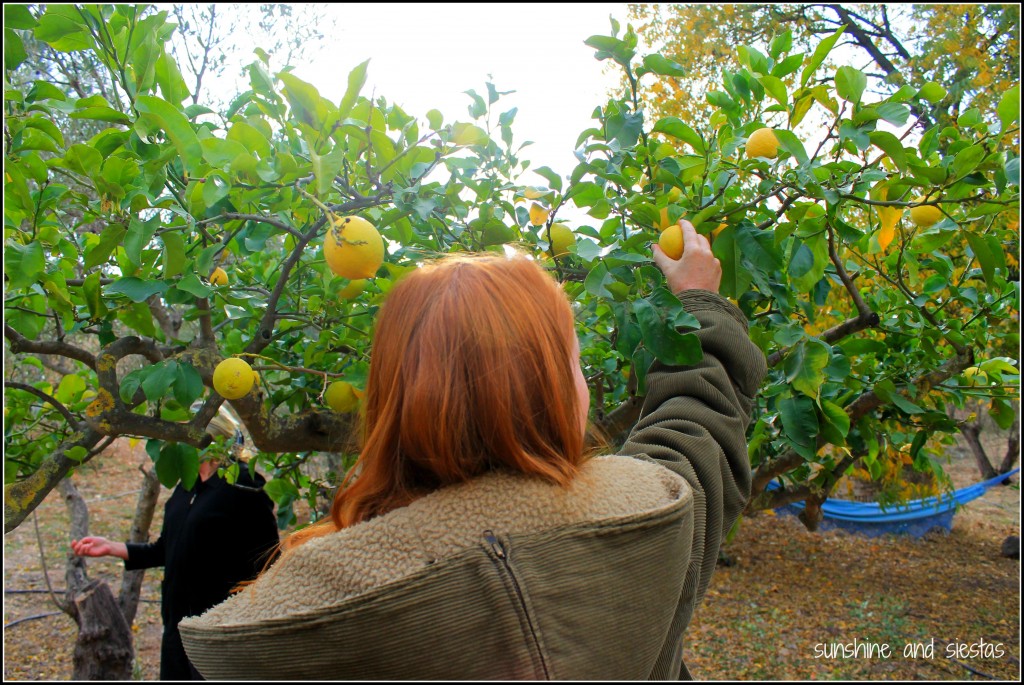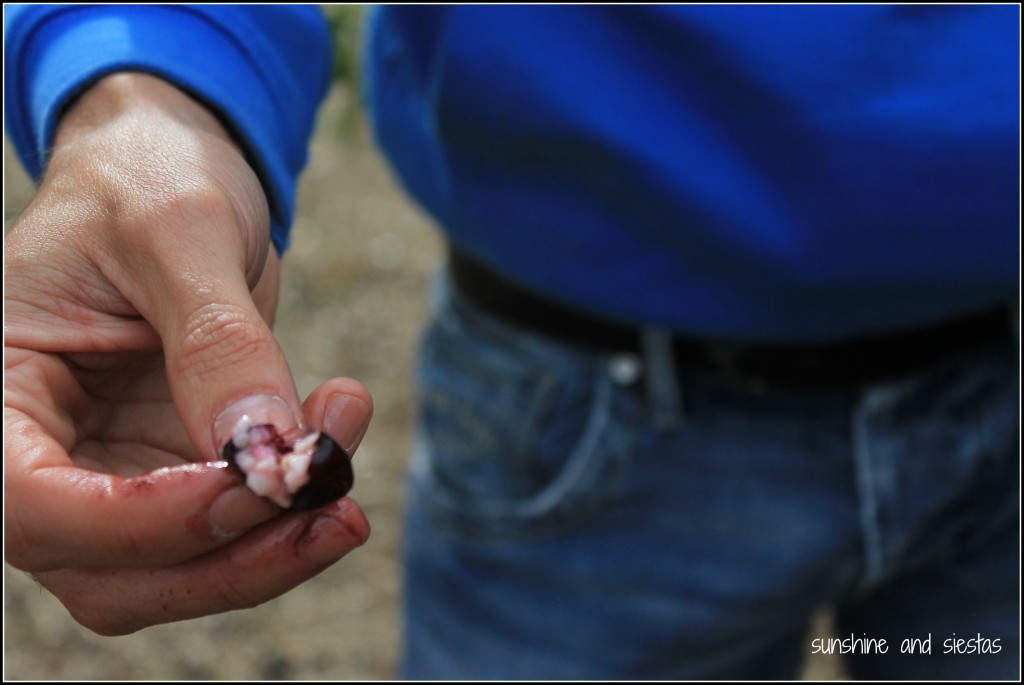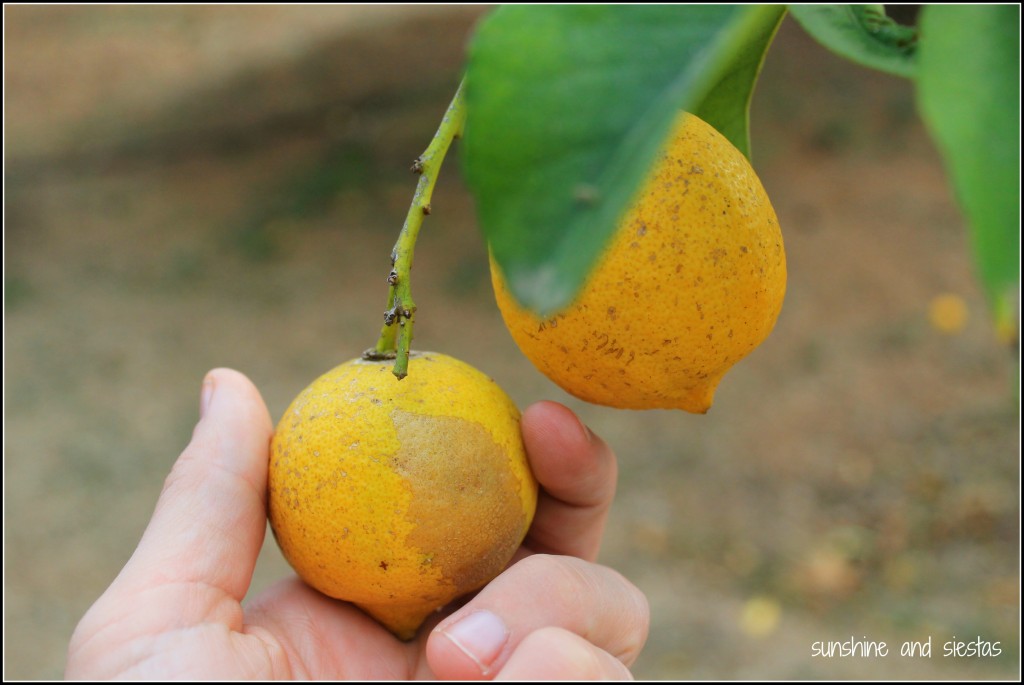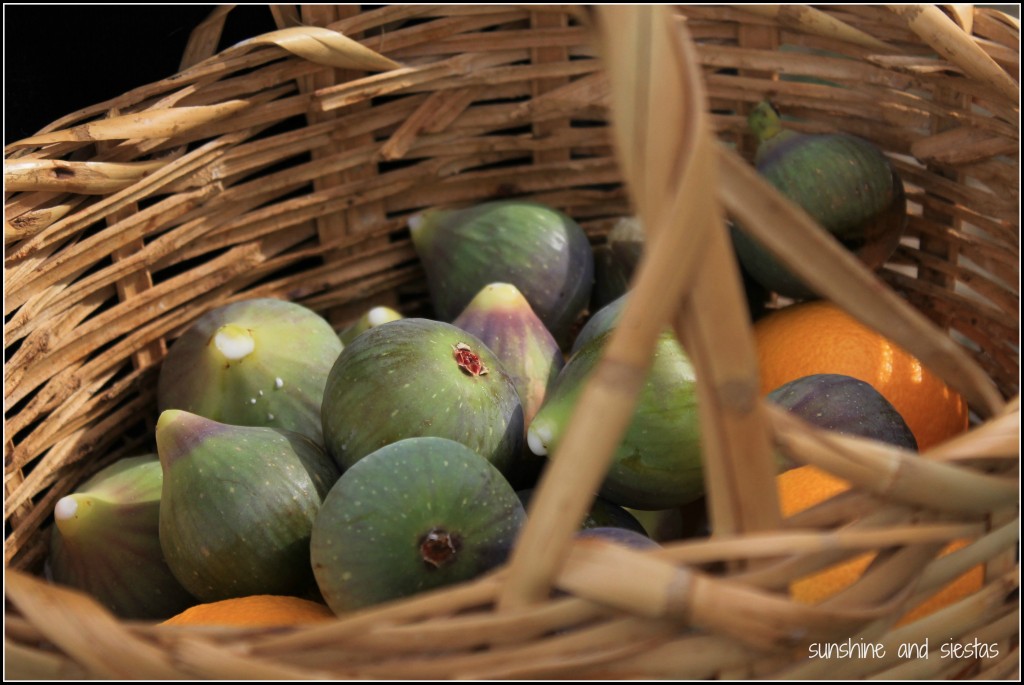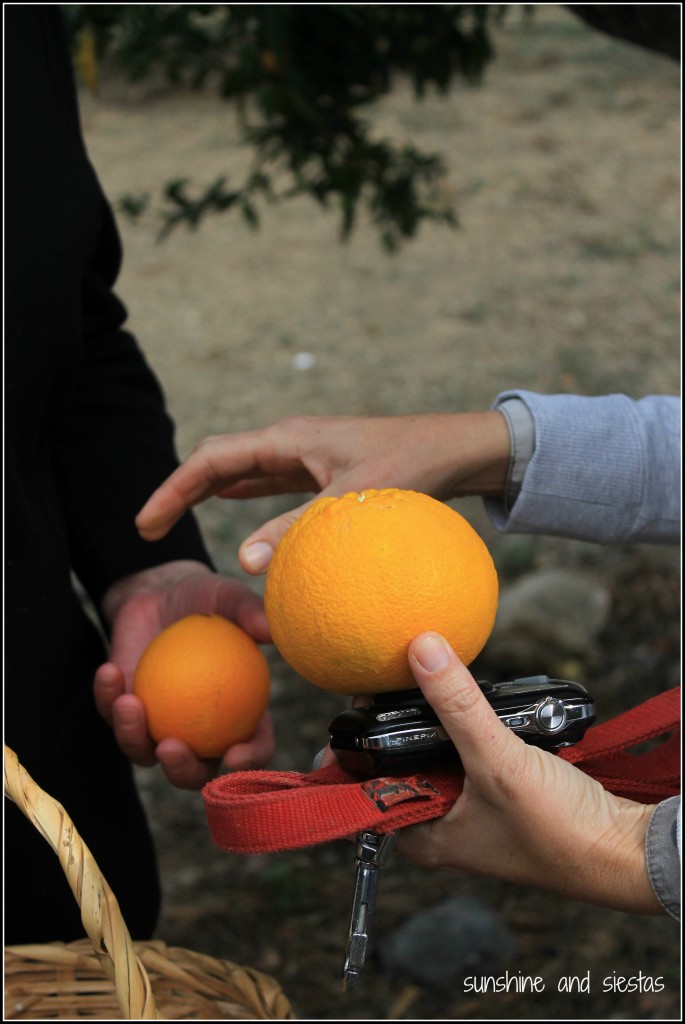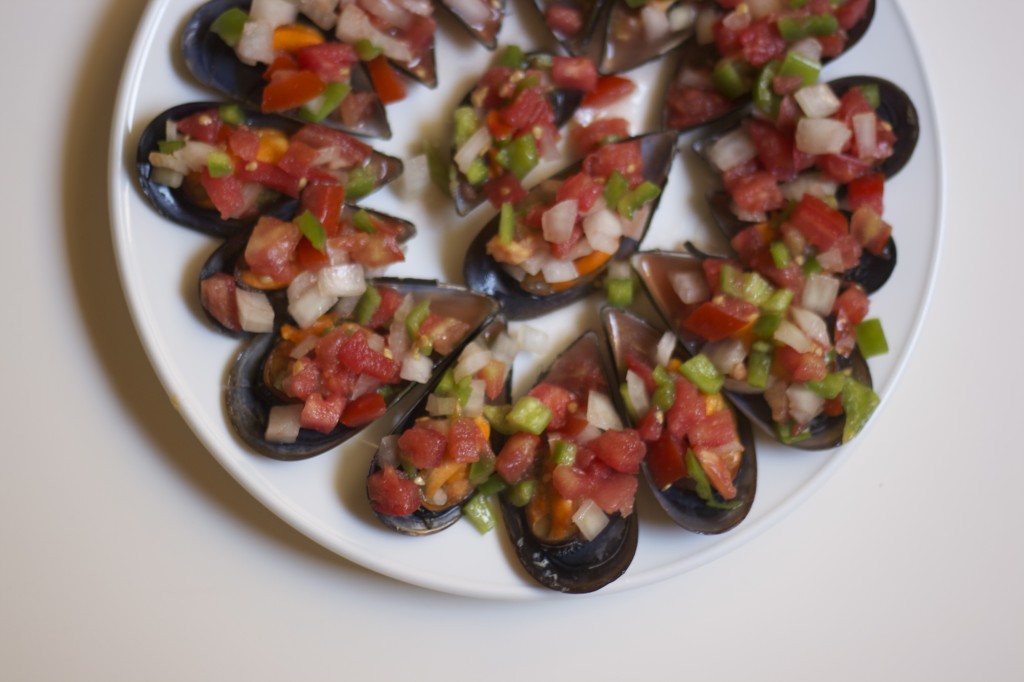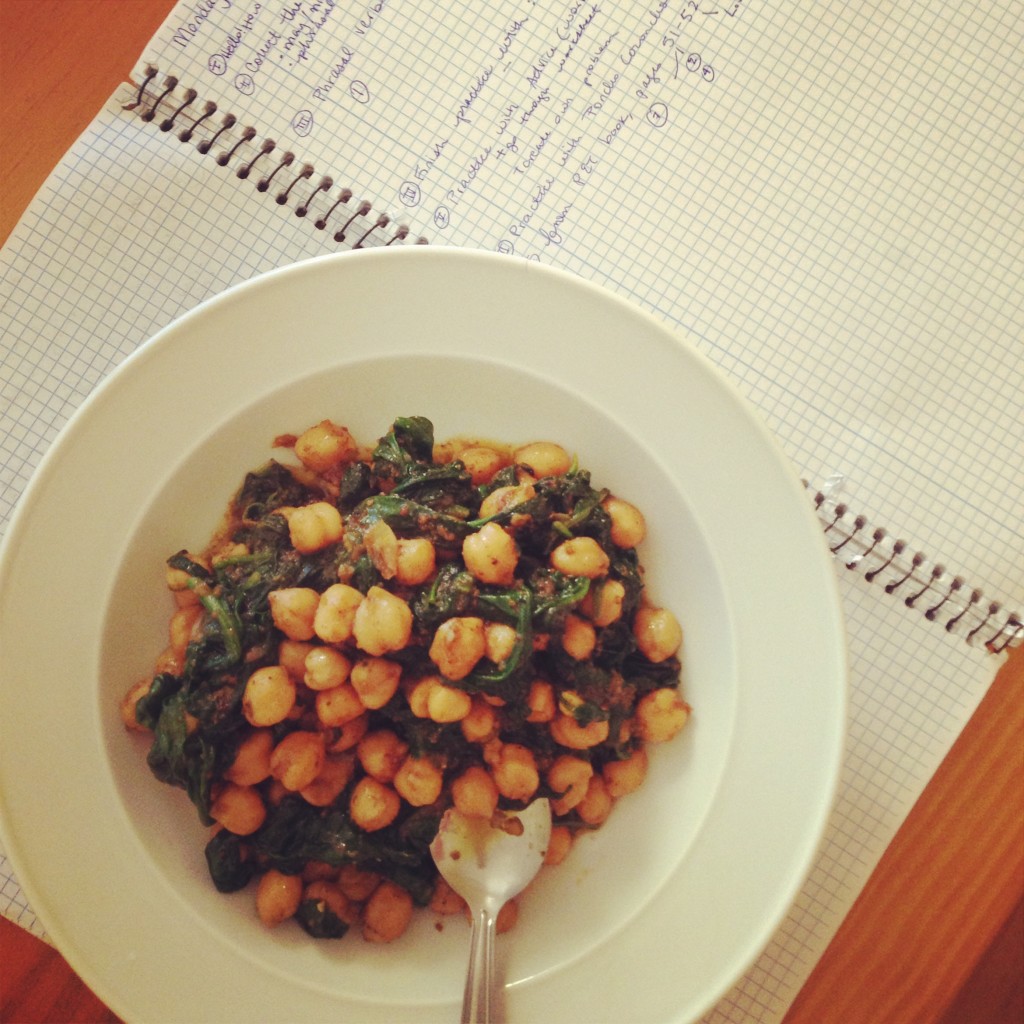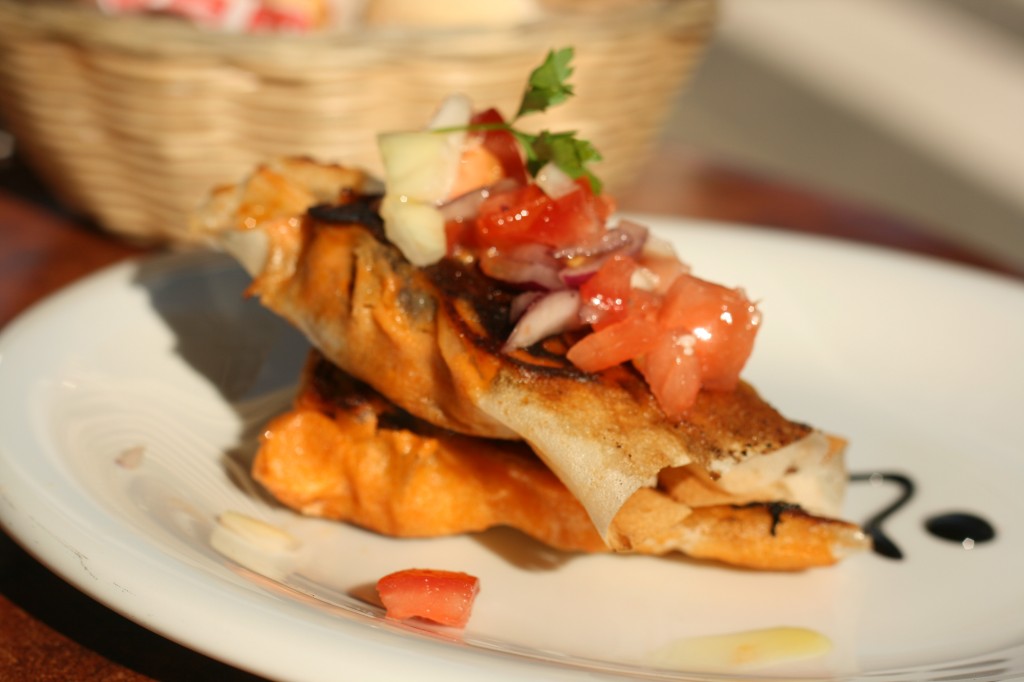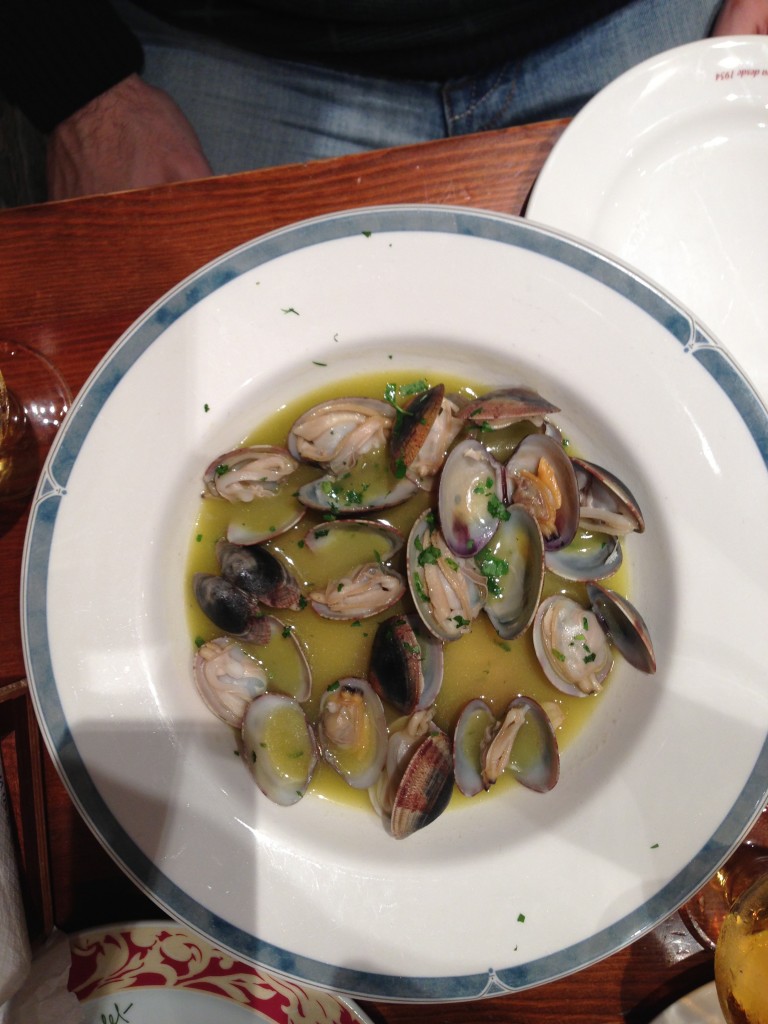In the winter months, citrus fruits, figs, mushrooms and chestnuts are ripe and ready to be picked. Olive oil harvests begin, and crops like pumpkins, avocados and leeks begin to pop up in supermarkets.
As a kid growing up in the icy Midwest, we’d often have raspberry and tomato plants, which only came around in the summertime. My grandpa lived in Orange County and would send us navel oranges as holiday gifts – without fail, there’s always one at the very bottom of our stockings on Christmas morning.
Coming from a country that pumps horomones into everything we consume, Spain is a breath of fresh air. Horomone-free, that is. I have learned to live with seasonal products. Strawberries comes in the early spring, sardines are best eaten in the months without an R in the name, and tomatoes are available year-round, thanks to greenhouses in nearby Los Palacios. Winter means fig jam, roasted chestnuts and zucchini soup.
As part of our day in the malgueño countryside, Mickey and I searched a small orchard for the ripest figs, lemons, and oranges. Honeybees continued to flit around the fruit that had fallen to the ground and smashed open. Sergio crushed a few ripe olives, showing us how oil was traditionally extracted from Southern Spain’s star crop. Mayte explained how to pick the best fruit, which had been victim to little rain this year.
Later that day, our hand-picked lemons would dress up our fideuà, the oranges formed the base of a fresh salad with spring onions and cod, and the fleshy part of the figs were devoured, turning our lips red.
My experience at A Cooking Day was offered to me for free by Mayte and Kety. My opinions, and the extra calories, are all mine.
